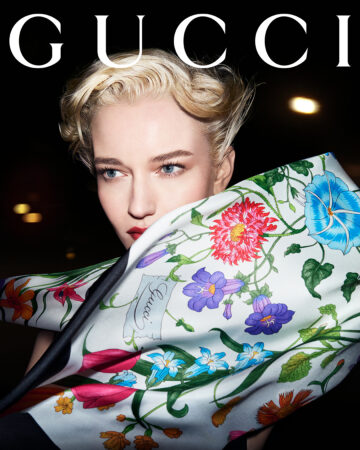
GUCCI: THE ART OF SILK
Gucci unveils The Art of Silk, a project that celebrates the brand’s heritage in silk…
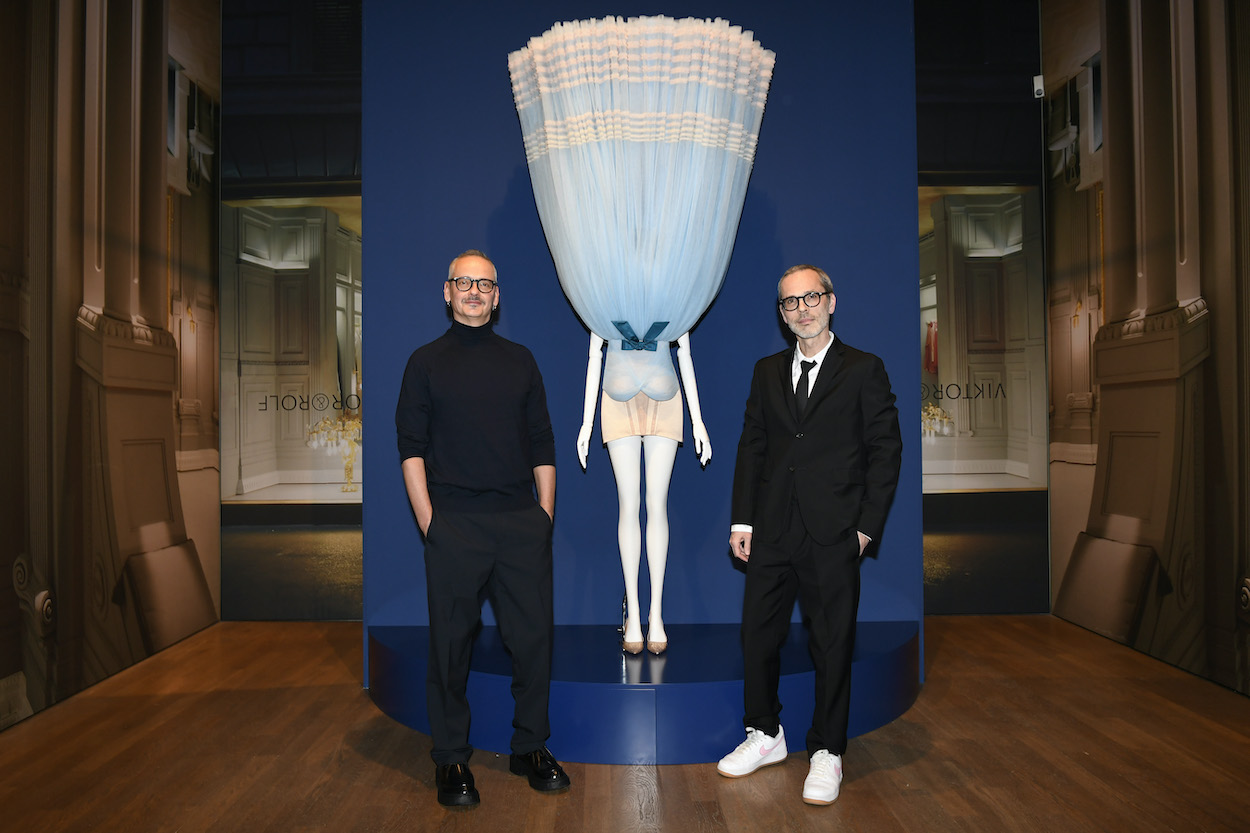
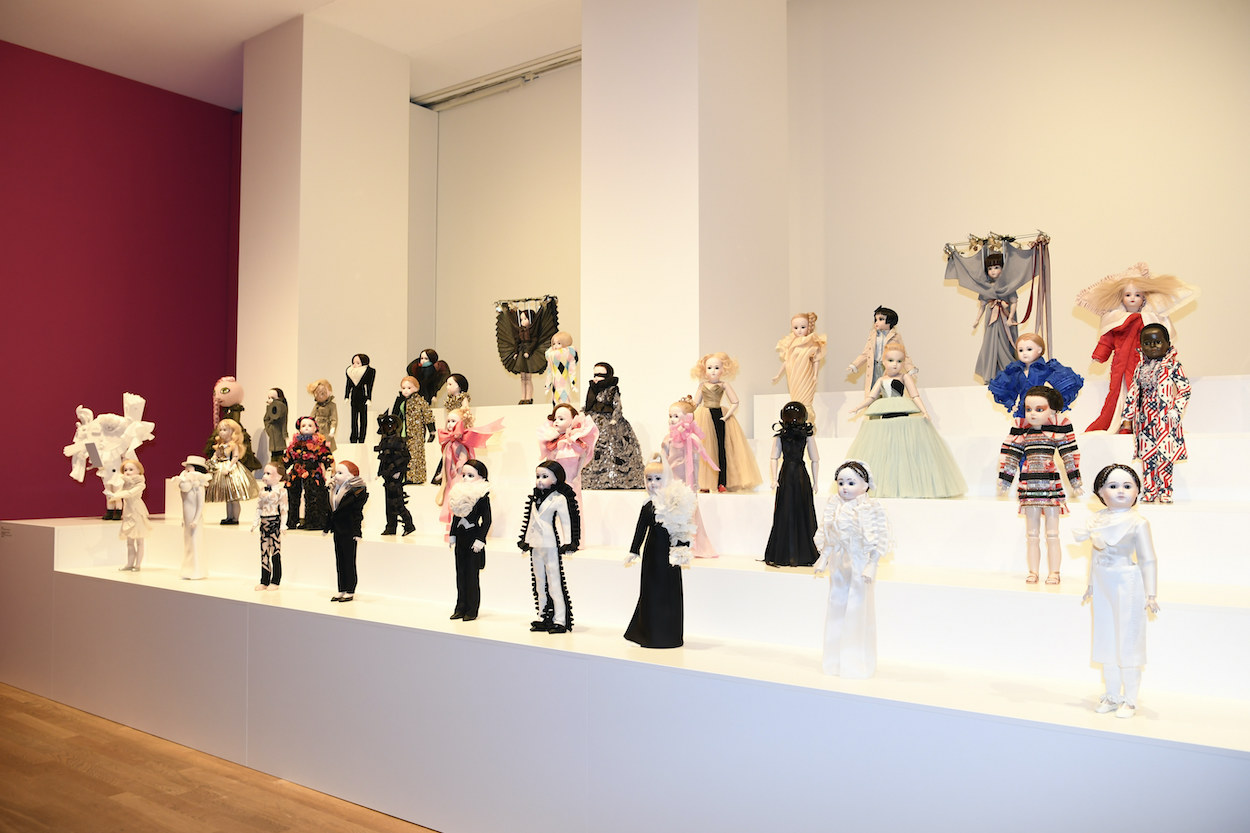
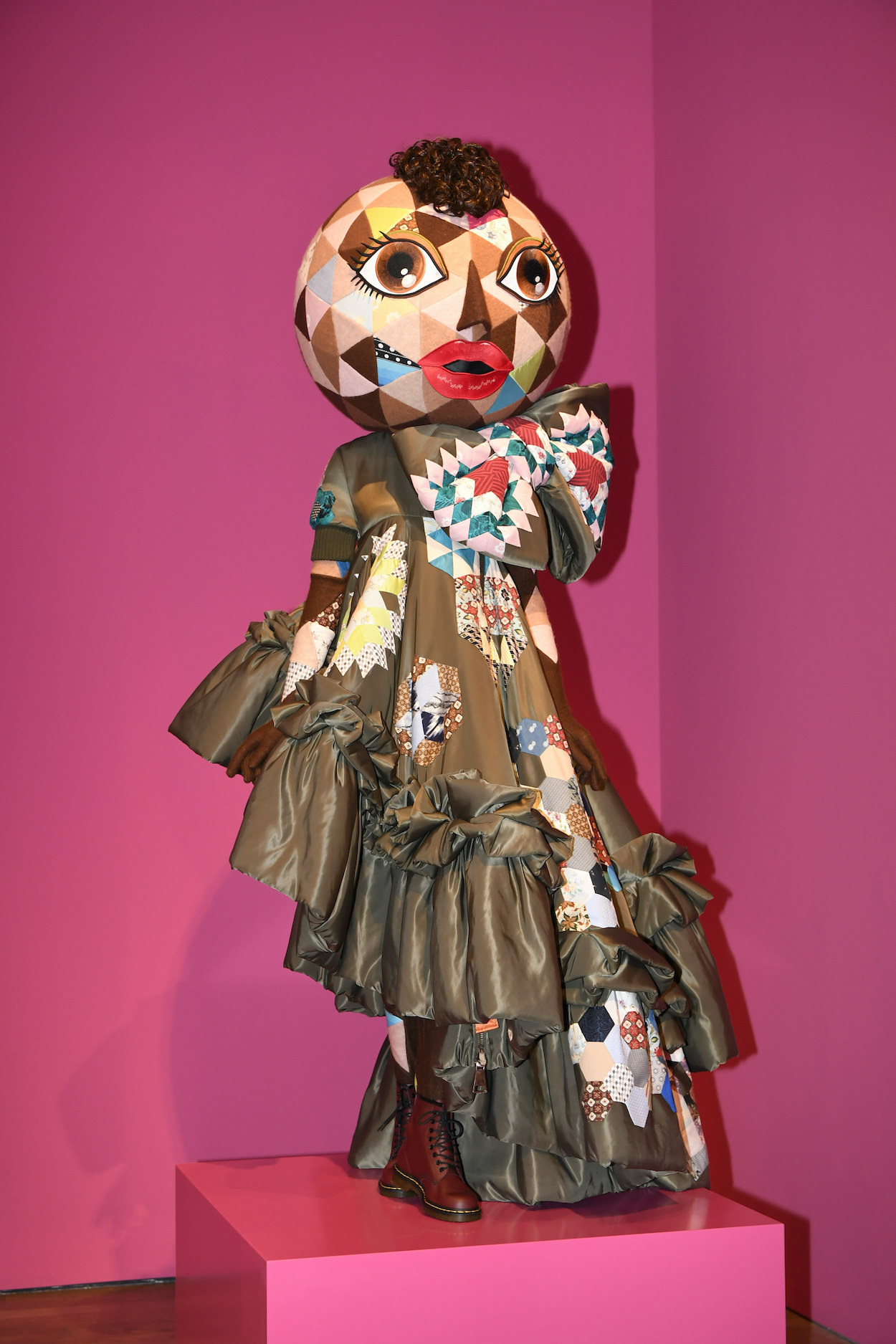
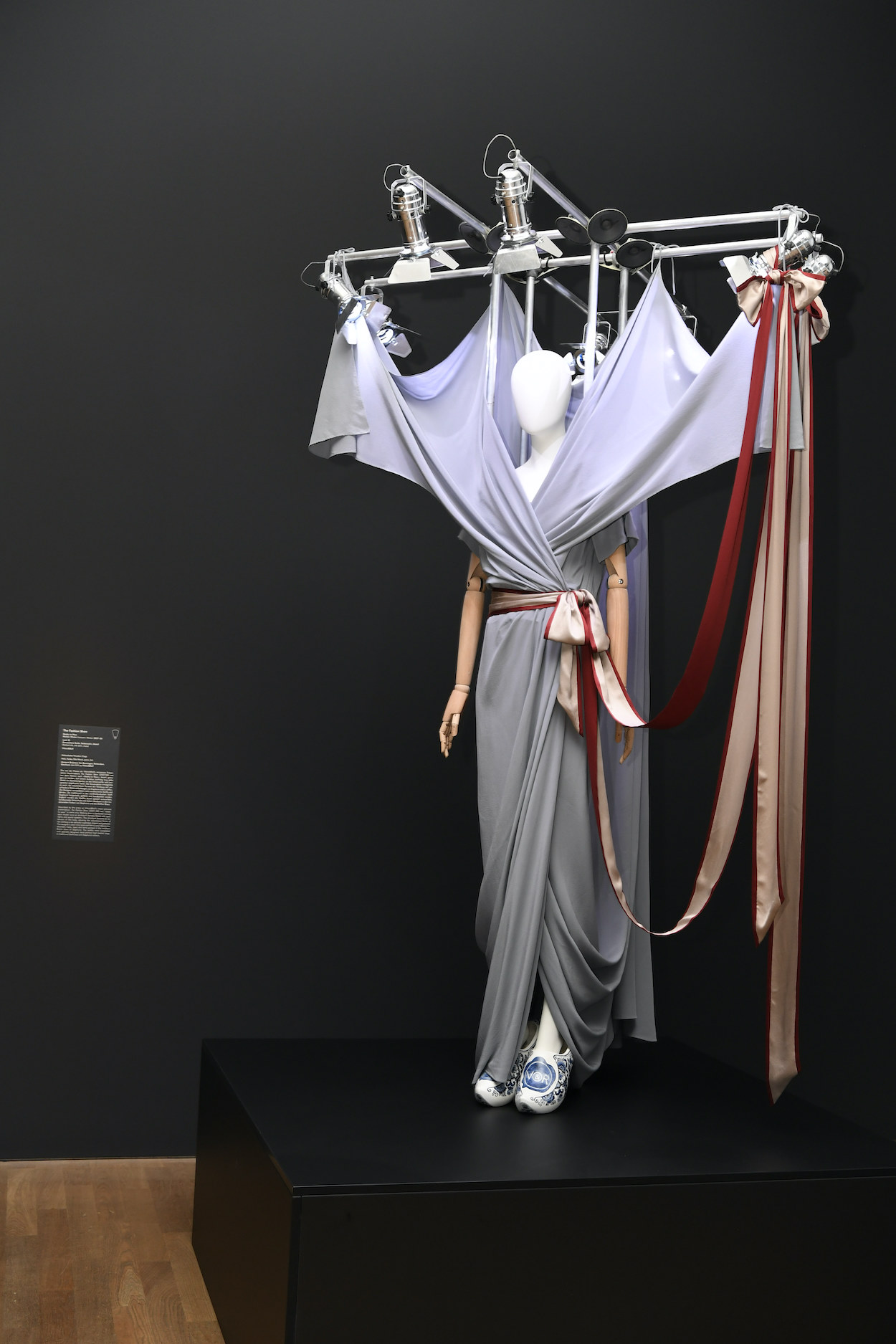
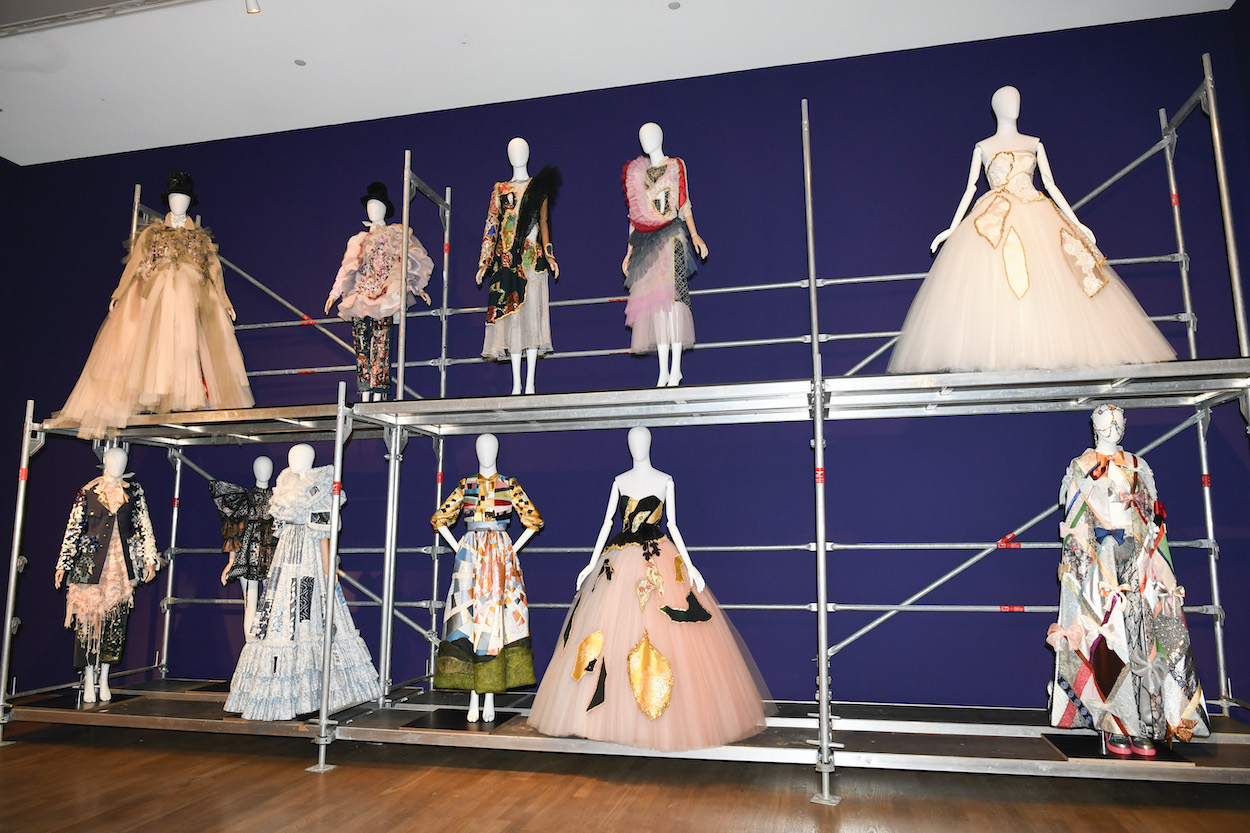
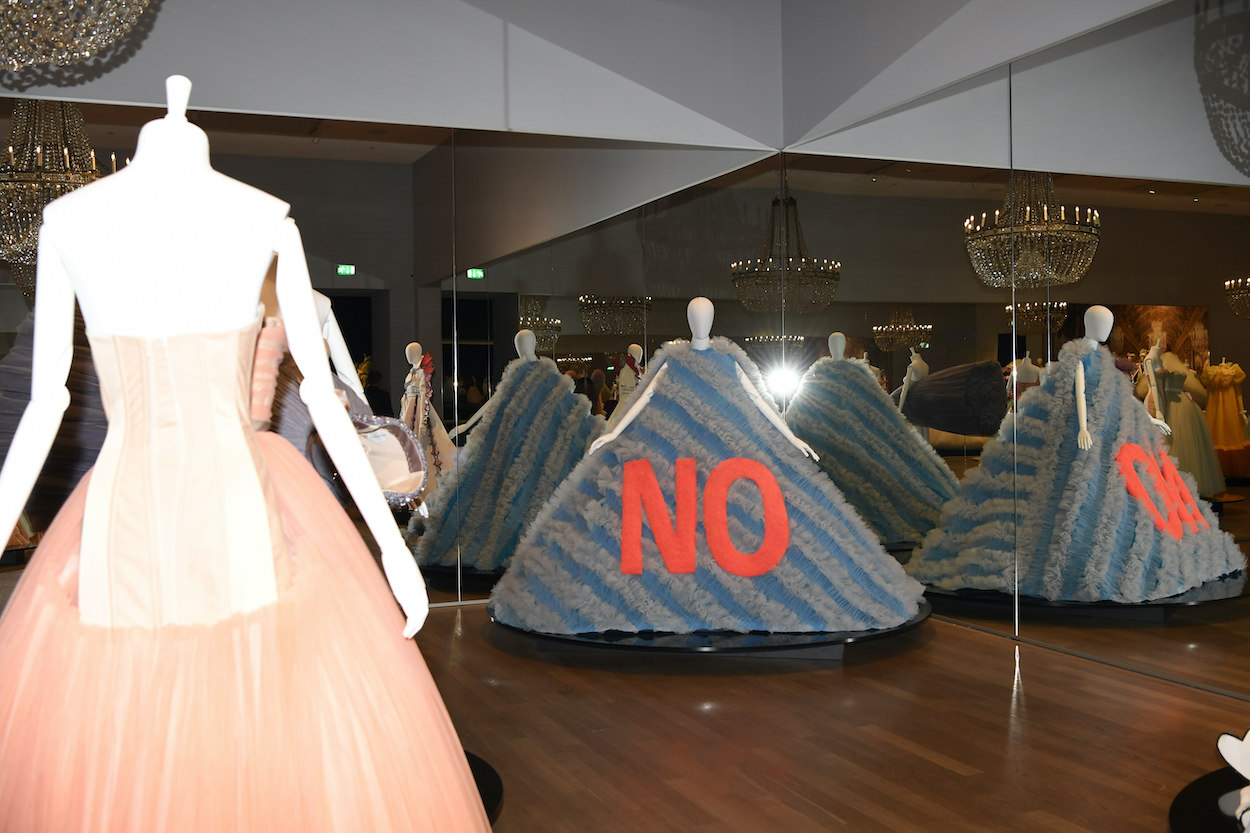
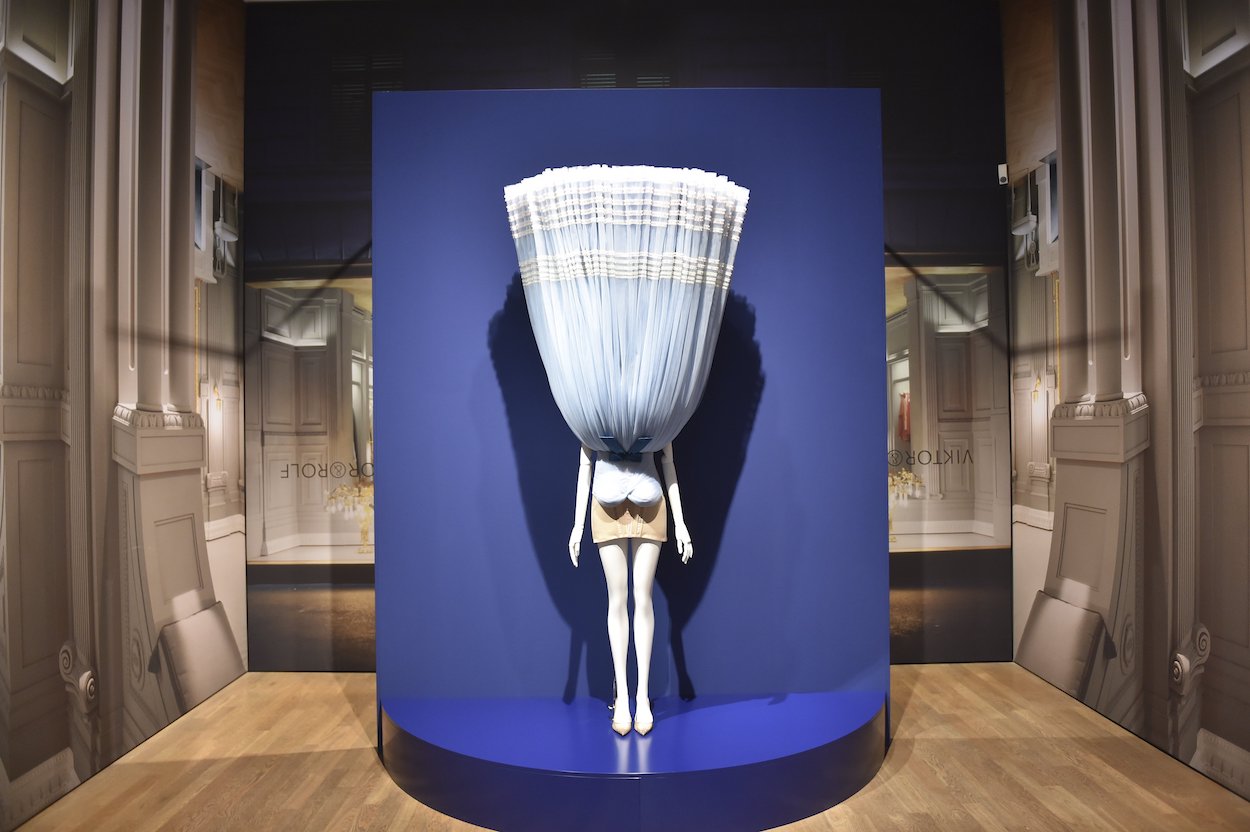
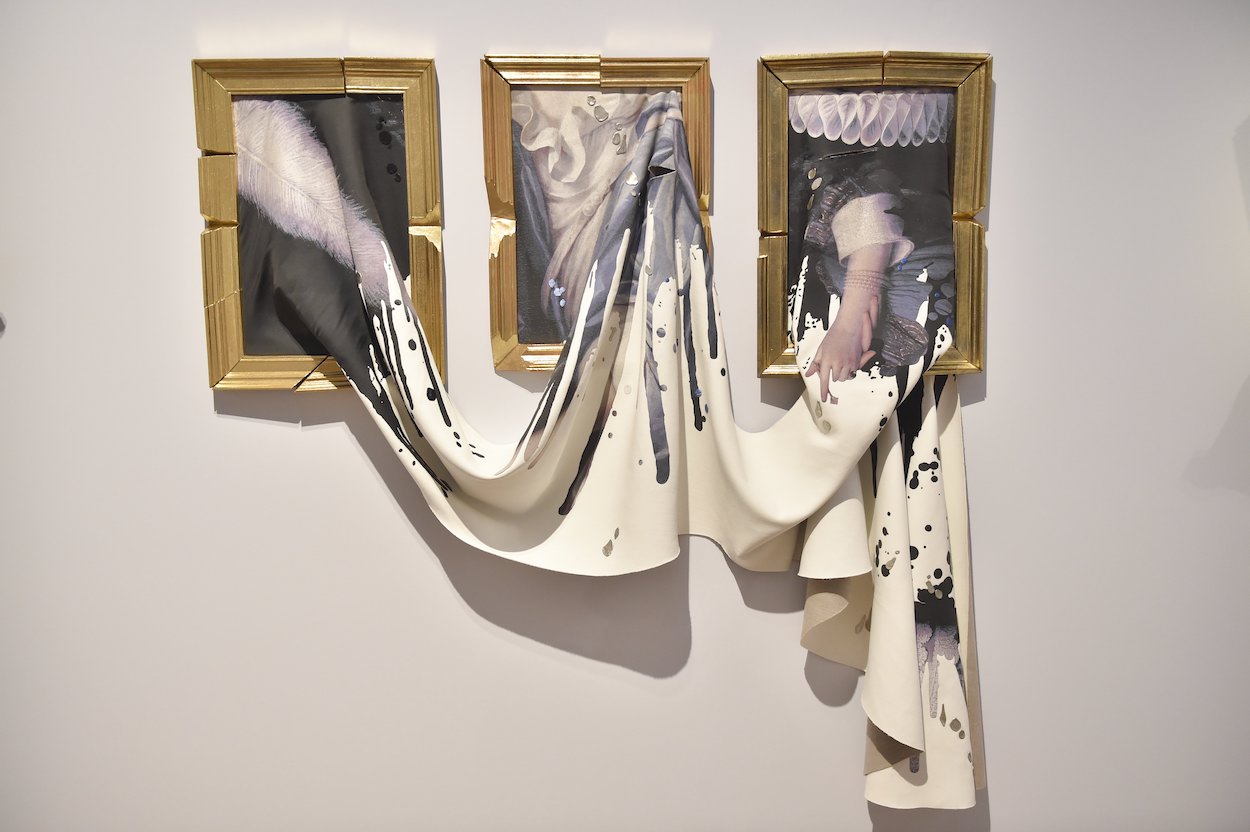
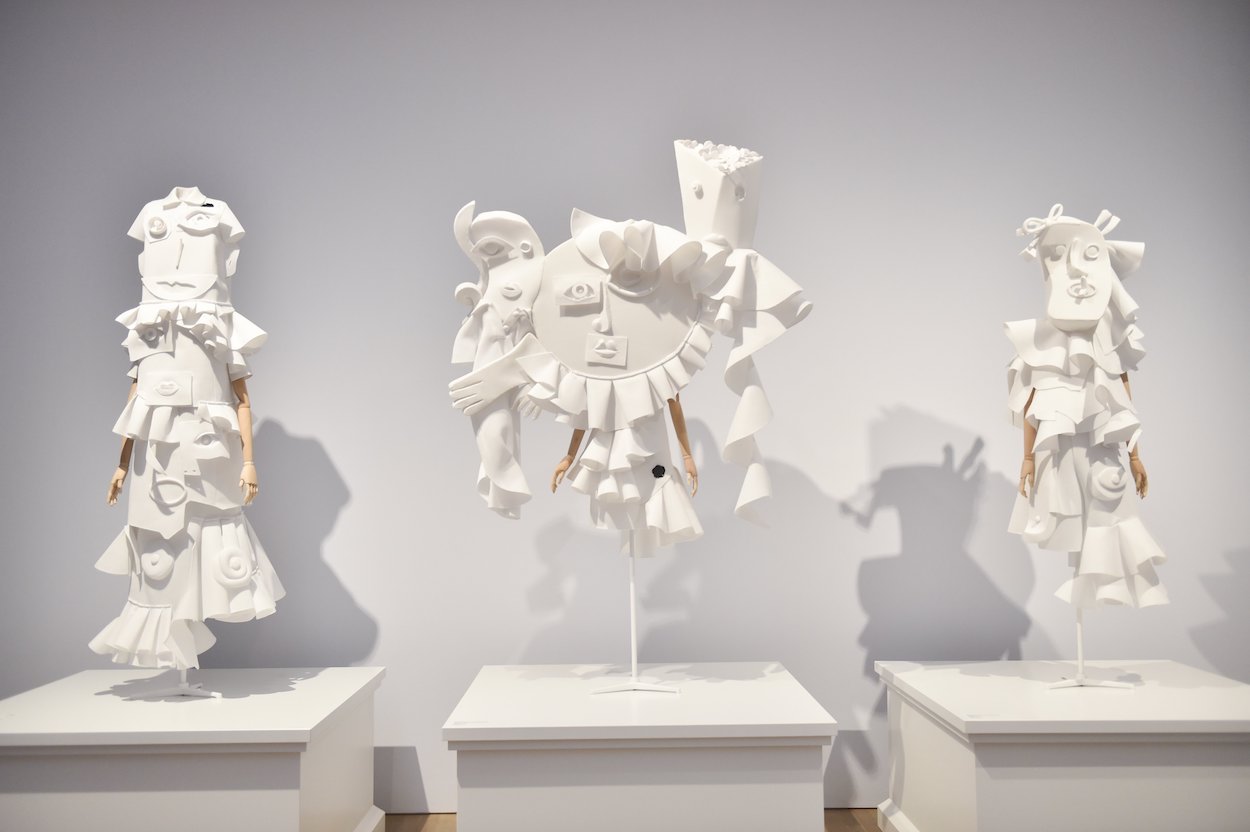
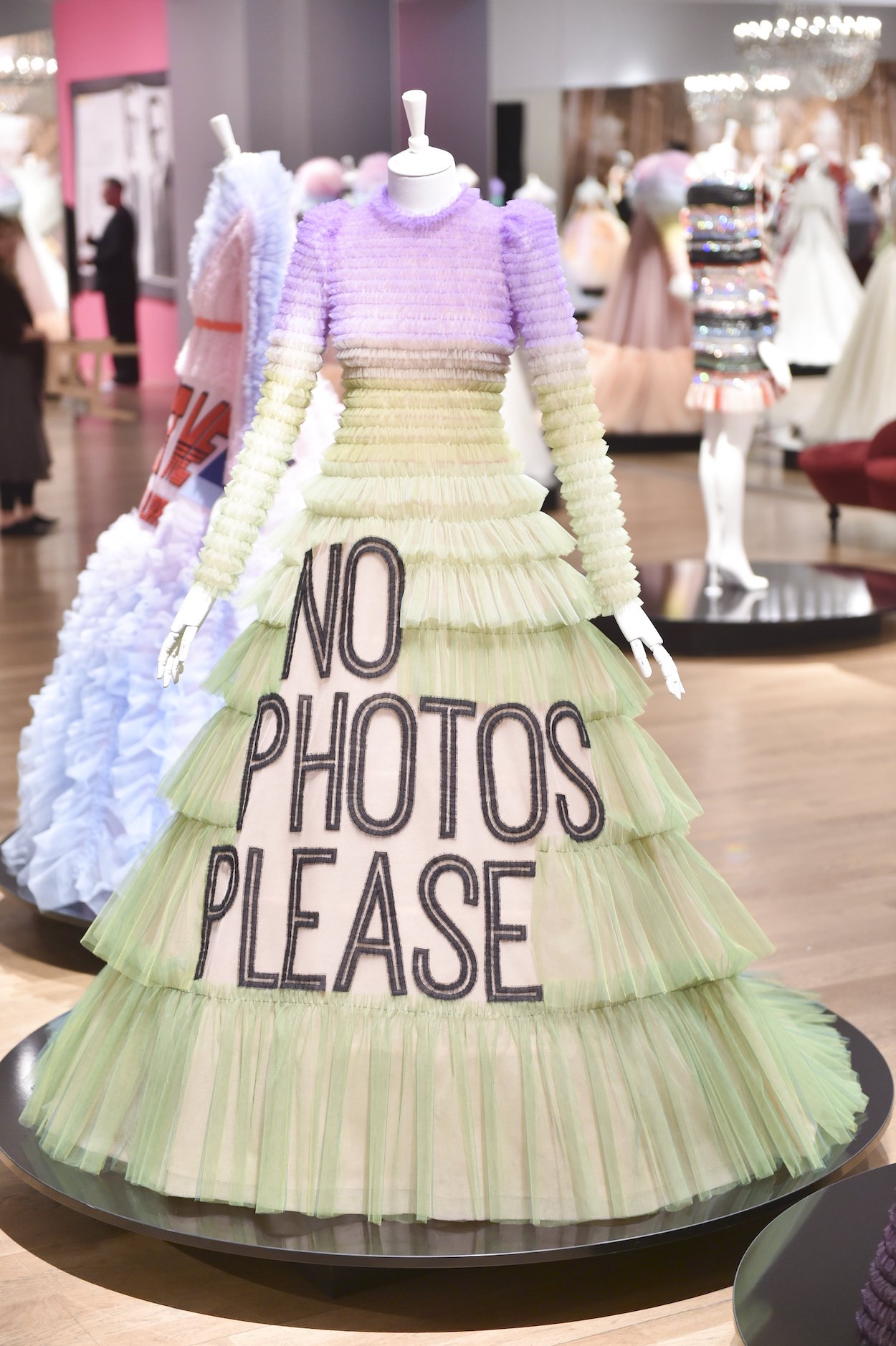
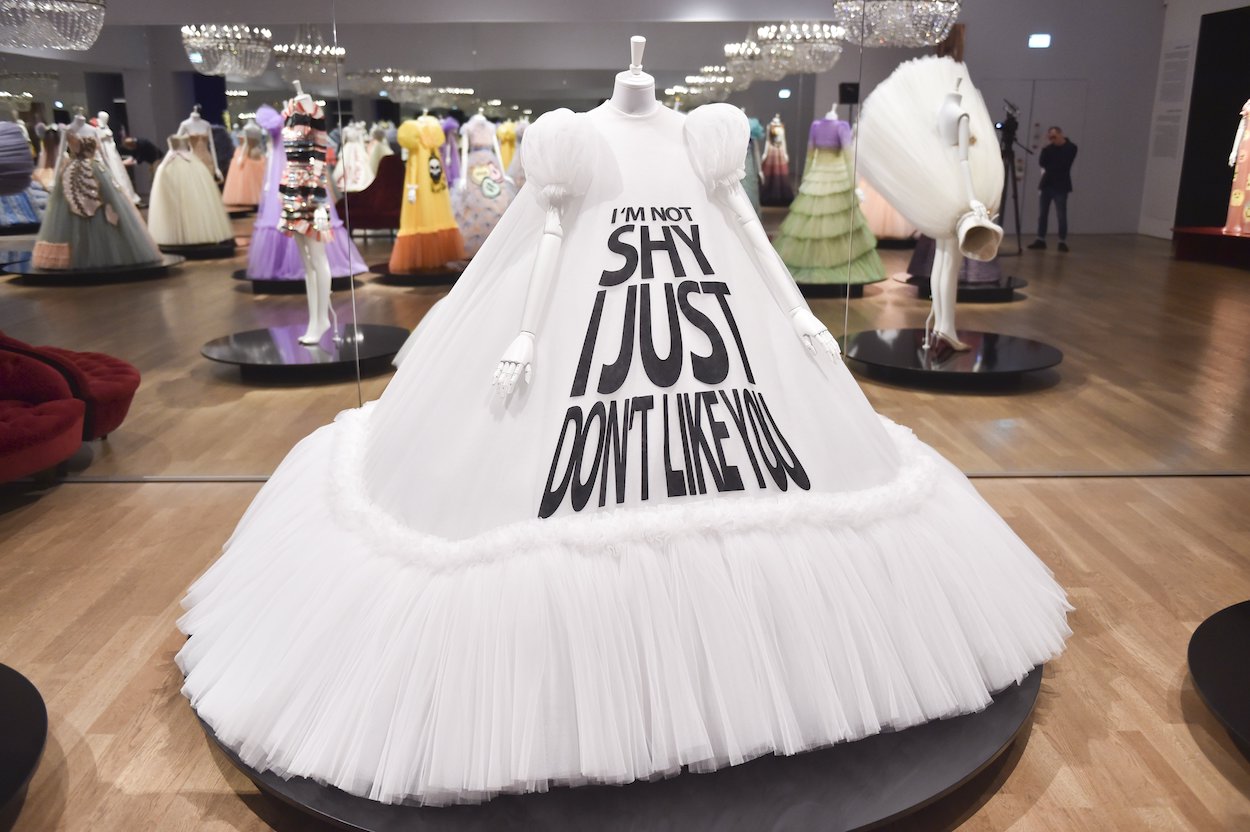
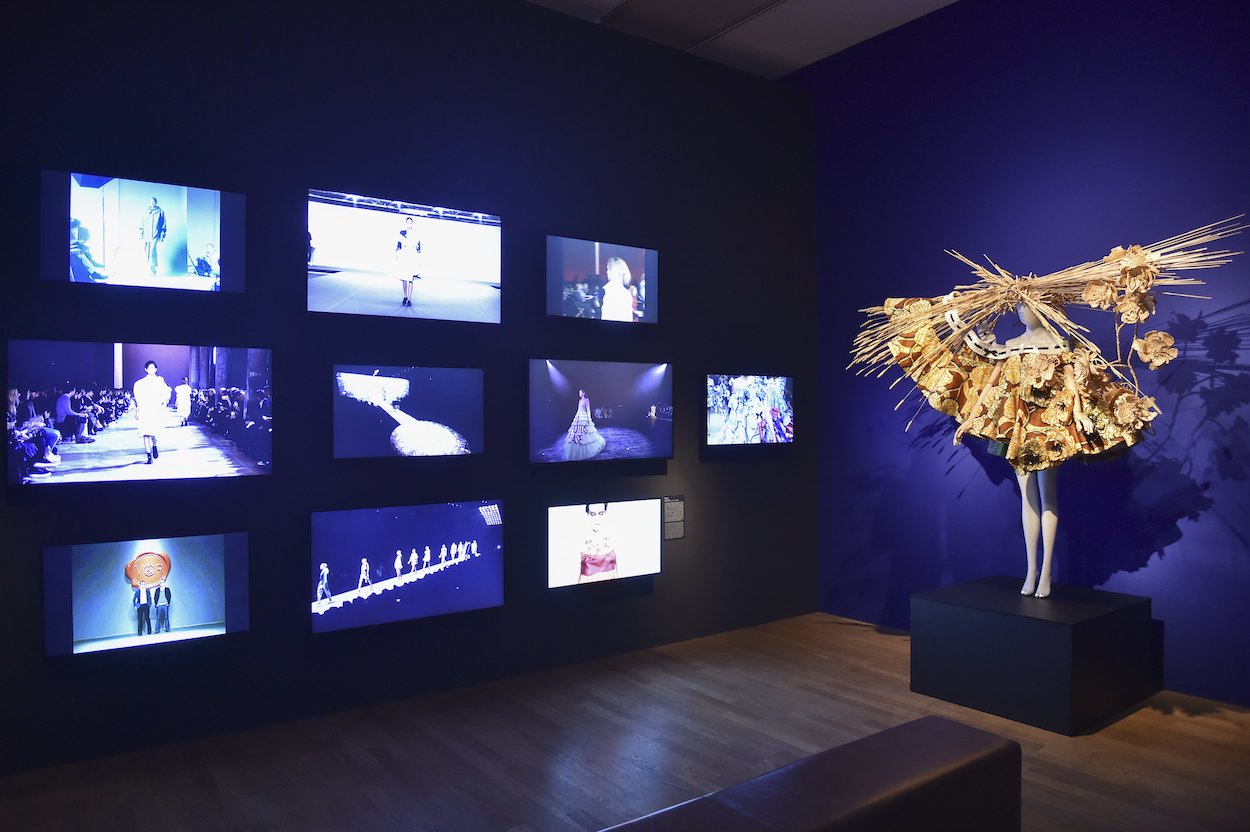
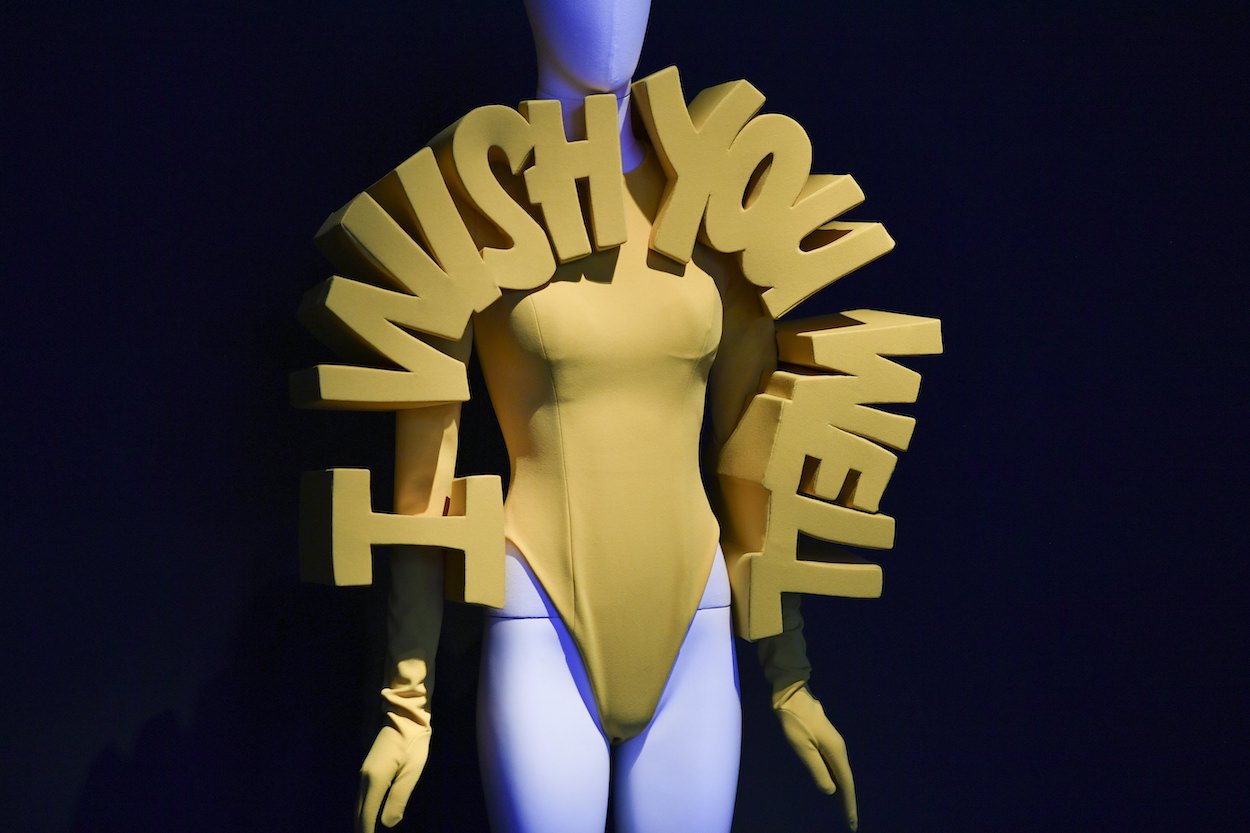
“We want to surprise ourselves:” Numéro Berlin in conversation with fashion artists Viktor & Rolf
Whether it is a statement about fashion itself or society, the Dutch duo always makes a point. Looking back at 30 years of iconic work, Viktor Horsting and Rolf Snoeren have mastered the art of using fashion as a medium, expressing more than itself. Pushing boundaries by challenging the question “What if…?”, they share until today a very personal commentary on their observations. For the first time now, the two showcase their work as a narrative, curated thematically instead of chronologically, and have chosen the Kunsthalle Munich museum to be the place for a very special encounter. In collaboration with fashion curator Thierry Maxime Loriot, the designers have selected 100 looks to be shown alongside multimedia elements, sketches, drawings and photographs as well as tapestries, dolls and works by visual artists, including Andreas Gursky and Cindy Sherman. With “‘Viktor&Rolf: Fashion Statements’” that will run until October, 6th, Montreal-based curator Loriot – mastermind of exhibitions such as “Jean Paul Gaultier: From the Sidewalk to the Catwalk“ and “Thierry Mugler: Couturissime“ – has created an almost post-modern experience for the Dutch duo, sharing his very personal perspective on their work. Numéro Berlin spoke to the fashion artists about protecting creativity, the principle of harmony and letting go of being control freaks.
Viktor & Rolf: Our enduring friendship.
One could not be more different than the other. Mobile versus static. Fleeting versus longer lasting. High energy versus contemplative. Elitist versus more democratic. And that is precisely why we love to show our work in both ways. We like to show our work on the catwalk, but it’s always nice to be able to install all the pieces so that people can have a calmer look at everything.
Yeah, totally. A catwalk audience is so much more limited which is also part of the mystique, of course. But, it’s nice to have our work in a museum so people can take their time to explore it from a different perspective.
“I think our work really is a self-portrait.”
We have always approached our work in the same way, we consider it to be a laboratory for experimentation. It’s been like that since day one. And we still work like that. Funnily enough, in the first years of our career, we were more picked up by the art world than by the fashion world. But for us, it comes naturally to live in both worlds. I think that is also why we don’t really feel we want to make a distinction between what is what. We sometimes call ourselves fashion artists to dodge the question.
I think our work really is a self-portrait. It’s our way to express ourselves more than spending too much time with thinking about the product of the season. The purpose of our work is to tell stories. As such, we are perhaps different from other designers or brands. Fashion is often only about style, about itself. The stories we tell have a broad range of topics. They can be very personal and emotional or more abstract and reflective, on fashion itself and everything in between.
Somehow we always end up doing just that: pushing boundaries. Perhaps because we treat our work (fashion) as a laboratory for ideas, a place to experiment. We want to surprise ourselves.
“The main statement we have developed over the course of our career is that Fashion can be a medium, able to express more than itself.”
The main statement we have developed over the course of our career is that Fashion can be a medium, able to express more than itself. Under the umbrella of this overarching principle we have told many stories. A recurring theme is a sense of wonder about fashion itself. Another theme is the relationship between fashion and art. Yet another recurring topic is a general sense of ‘what if ..?’ (what if a store were upside down?; what if a dress and a body would meet as independent entities?; what if it would be possible to control destruction?; etc.)
Thierry is probably the person who knows most about our work, apart from us ourselves. This is the first time our work is shown as a narrative, thematically, instead of chronologically. The exhibition is his view on our work, which is a bit of a post-modern experience for us: looking at our own work through his eyes.
The collaboration with Kunsthalle and its teams was wonderful and everyone and everything was so well organized – a dream. If the opening was any indication the show should be a big success – but it’s early to talk about it! The space is gorgeous, each exhibition space is different and requires its own approach to the exhibition design.
“We strive for complexity and hope our work will inspire, make people dream and/or think.”
We strive for complexity and hope our work will inspire, make people dream and/or think.
Creativity and originality.
Harmony occurs when there is a clarity of purpose and a sense of balance between the elements involved. Our fragrance Flowerbomb for instance is also a good example: the name is a conjunction of two contradictory words: flower and bomb. Put together, they become a new concept.
We take our work very seriously. Humor is not a goal itself, but we do strive not to be heavy handed so often, it just comes out that way. Like we said before, we strive for complexity rather than for any one singular emotion.
“(…) you cannot be creative if you want to know at the start what the end will look like.”
By focusing on what we want to express rather than on what we have to produce.
By nurturing it. By accepting that it is not always there. At the same time by trusting that it never fully disappears. But it needs to be courted.
Hahaha we used to be the worst control freaks. Getting older means we are losening up a little bit but it is still very difficult to let go. Having said that, you cannot be creative if you want to know at the start what the end will look like.

Gucci unveils The Art of Silk, a project that celebrates the brand’s heritage in silk…
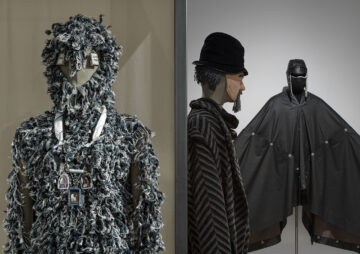
Sometimes, says Italian philosopher and author Emanuele Coccia, we forget that for a long…
It’s one of Berlin’s event highlights of the year – the Half Marathon. But even…